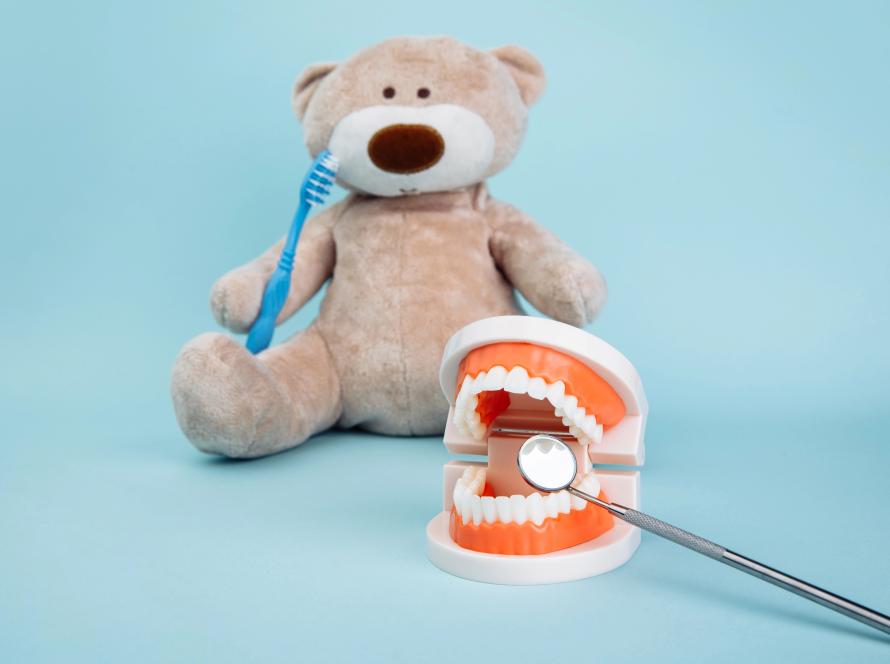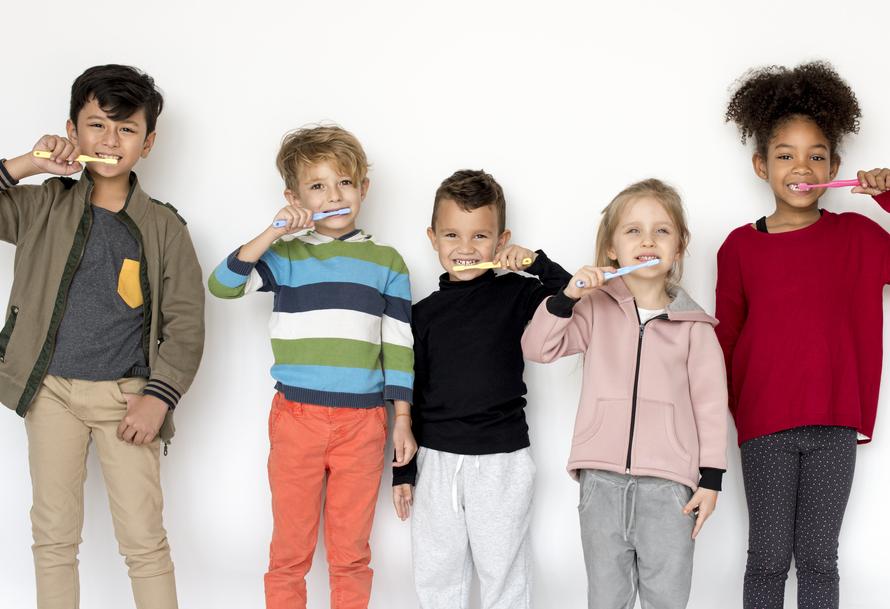Let’s face it: the phrase “tooth extraction for kids” sounds like a recipe for tears and stress. But it doesn’t have to be.
Yes, extractions are a big deal—but only when they need to be. The good news? Modern pediatric dentistry is light-years ahead of what most parents remember from their own childhood. With the right prep, techniques, and mindset, pulling a tooth doesn’t have to pull everyone’s sanity along with it.
This guide strips away the sugarcoating and gets real about how to handle extractions without the drama—just smart, calm steps for a better experience.
1. When Is a Tooth Extraction Really Necessary?
No dentist should rush to pull a child’s tooth. Extractions are a last resort, not a go-to solution.
Here’s when they’re truly needed:
- Severe decay that can’t be restored with a filling or crown
- Crowding issues that interfere with braces or jaw development
- Infection or abscess that’s causing pain or swelling
- Trauma from a fall or accident
- Baby teeth that refuse to budge, blocking permanent teeth from coming in properly
If a dentist mentions extraction, ask what alternatives have been considered. Not to be combative—just to be clear. You want to be sure this isn’t convenience over necessity.
2. Fear Isn’t the Problem—Uncertainty Is
Kids aren’t afraid of dental procedures; they’re afraid of the unknown.
Instead of saying, “It won’t hurt,” try something honest and reassuring like:
“The dentist is going to make your tooth very sleepy so you won’t feel anything. I’ll be there the whole time.”
That builds trust. Not fear.
If your child is especially anxious, pediatric dental sedation might be an option. Dentists trained in sedation for kids can use laughing gas (nitrous oxide), oral sedatives, or, in more complex cases, IV sedation. It’s not about “knocking them out”—it’s about keeping them relaxed and still so the experience is as easy as possible.
3. Gentle Techniques Make a Huge Difference
Modern tools and methods mean a tooth extraction for kids isn’t the medieval ordeal it once was.
Pediatric dentists are trained to work fast, gently, and with minimal trauma to the surrounding area. They use smaller tools, explain procedures in kid-friendly language, and often allow a parent to stay in the room for comfort.
Don’t underestimate the environment, either. A bright, kid-focused dental office with distractions like ceiling TVs or music helps put your child at ease the moment they walk in. It’s not just decor—it’s strategy.
4. What to Expect: Before, During, and After
Before the appointment:
- Make sure your child eats a light meal (unless sedation requires fasting)
- Avoid hyping it up or downplaying it—keep your tone calm and neutral
- Bring a cozy, comfort item like a stuffed toy, blanket, or favorite hoodie
During the procedure:
Baby teeth: These are usually quick and straightforward to remove. In some cases, a space maintainer or prosthetic tooth may be needed to hold the gap open for the incoming adult tooth.
Adult teeth: These extractions tend to be more complex and may involve surgical steps, stitches, or follow-up treatments like implants. Because of the increased difficulty, they’re only done when absolutely necessary—and often under sleep sedation for comfort and safety.
Aftercare matters:
- Use gauze to control bleeding—change it every 20-30 minutes as needed
- Avoid straws or hard foods for 24 hours
- Some soreness is to be expected, which can be managed with over-the-counter pain meds (check with the dentist and health care provider for age-appropriate options)
- Keep the area clean, but don’t brush aggressively near the site for a couple of days
Have some soft foods ready: mashed potatoes, smoothies, applesauce. Bonus points if they’re cold—that helps with swelling.
5. Normalize It—Then Move On
The way you talk about the experience shapes how your child remembers it.
Treat it like a routine part of kids oral care. Praise your child’s bravery, not the fact that it’s “over.” That shifts the focus from fear to confidence.
Example:
“Your dentist said you did a great job following instructions. That really helped!”
Also, don’t make it a whole week-long production. The less you spotlight it, the faster it fades from your child’s mental highlight reel.
Stay Chill, Stay Smart
Tooth extractions for kids aren’t fun—but they’re not a horror show either. The drama usually comes from surprise, panic, or lack of prep—not the procedure itself.
By staying informed, choosing a dentist who specializes in kids oral care, and asking about options like pediatric dental sedation, you can help your child handle it like a pro.
No bribes. No tears. No trauma.
Just one more step in raising a healthy, fearless smile.


